NASA is hiring astronauts for $152K a year. Here's how to stand out from the thousands of other applicants, according to the selection manager
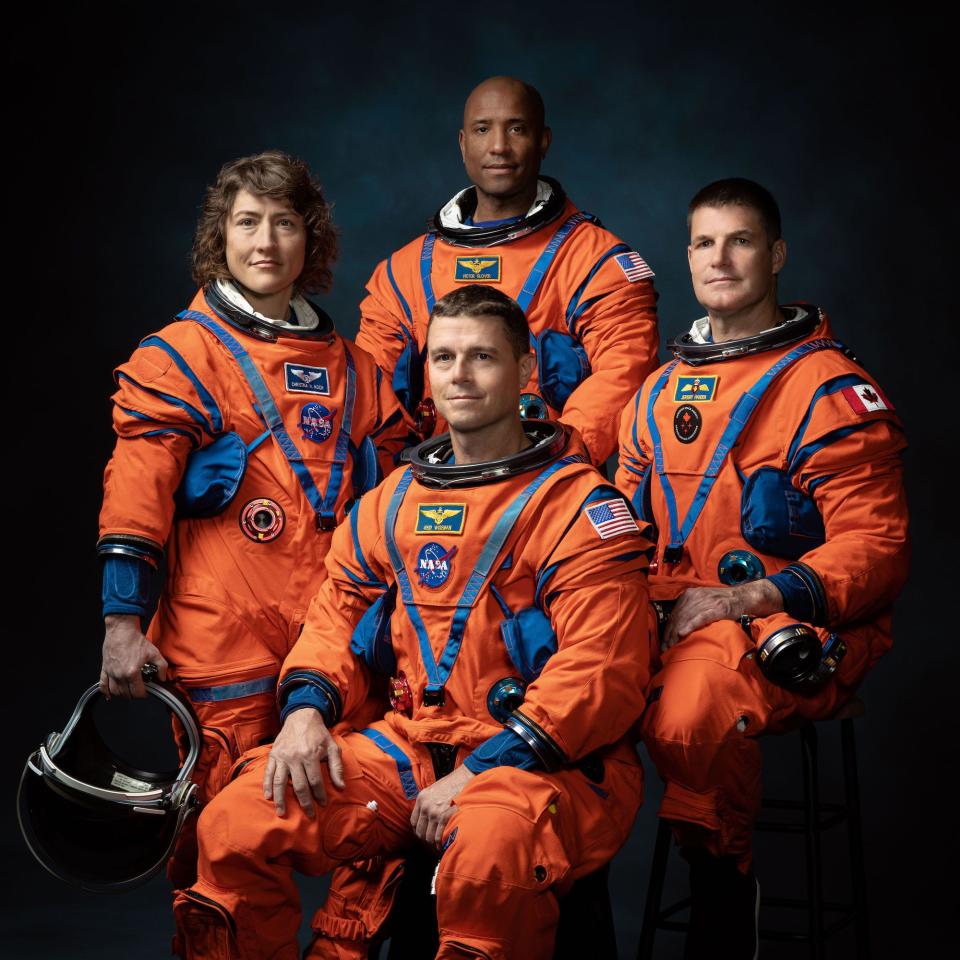
NASA opens its applications for astronauts every four years.
Since thousands apply, it can be difficult to stand out in the crowd.
NASA's selection program manager explained what to include on your astronaut résumé.
NASA is hiring for astronauts through April 2. The job pays $152,258 a year and comes with the possibility of going to space, visiting the moon, and traveling to Mars.
Anyone can apply, and many will — each time the space agency puts out the call every four years, it receives as many as 18,000 applications.
But only eight to 14 candidates make the cut, April Jordan, manager of NASA astronaut selection, told Business Insider. That's an acceptance rate of less than 1%. At those odds, it's easier to get into Harvard or MIT.
Every astronaut has to meet some minimum qualifications, like having a STEM or pilot background, and be able to complete the physical training requirements.
Beyond that, though, Jordan said there are a few ways applicants can stand out. One of the most important is to include hobbies and outside interests that you might not normally put on your résumé, she said.
"This is one of those positions where you're going to be bringing your whole self to the job," Jordan said, "and all of those things that make you what you are, are important."
Basic astronaut qualifications
"As you can imagine, this is a really popular application," Jordan said. It requires a lot of the same information as other government jobs, including references, experience, and education.
"One of the first hurdles is to look at minimum qualifications for applicants," Jordan said. For example, candidates need a master's degree or to be at least two years into a Ph.D. program in a STEM field. Medical doctors and test pilot school graduates can also apply.
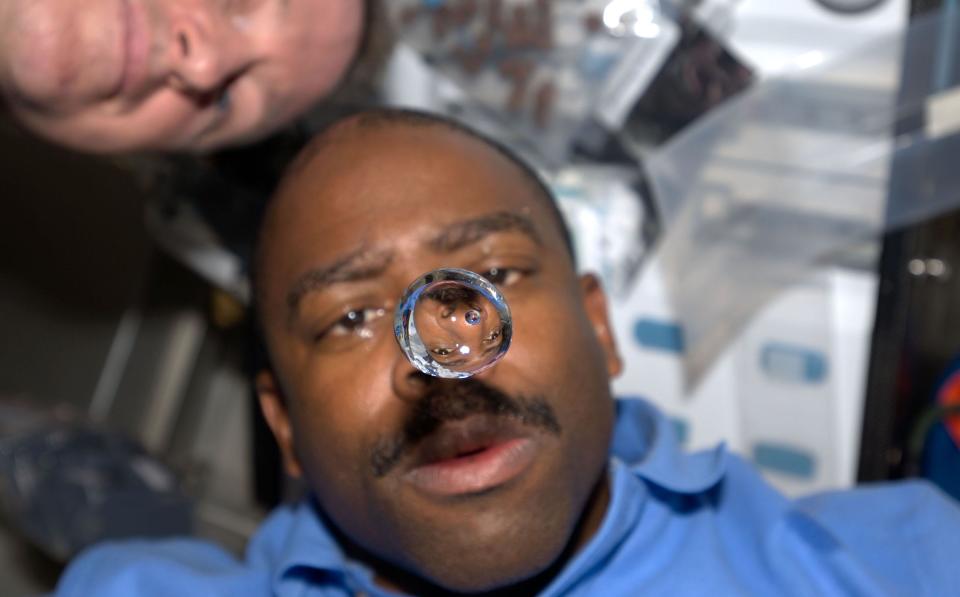
"The pool is getting smaller and smaller as you get through each of these hurdles," Jordan said. The next step is what's known as a rating panel, made up of current astronauts.
They select roughly 120 of the most highly qualified people who are then interviewed. That's when potential astronauts enter what Jordan calls the fish bowl.
Astronauts are part of a team
NASA invites the small pool of applicants to two rounds of interviews at the Johnson Space Center in Houston.
Some parts of the interview process to become a NASA astronaut are similar to what you'd encounter for many jobs, Jordan said. However, many other parts sound far more intense.
For example, the selection team scrutinizes candidates during individual and team assessments and simulations.
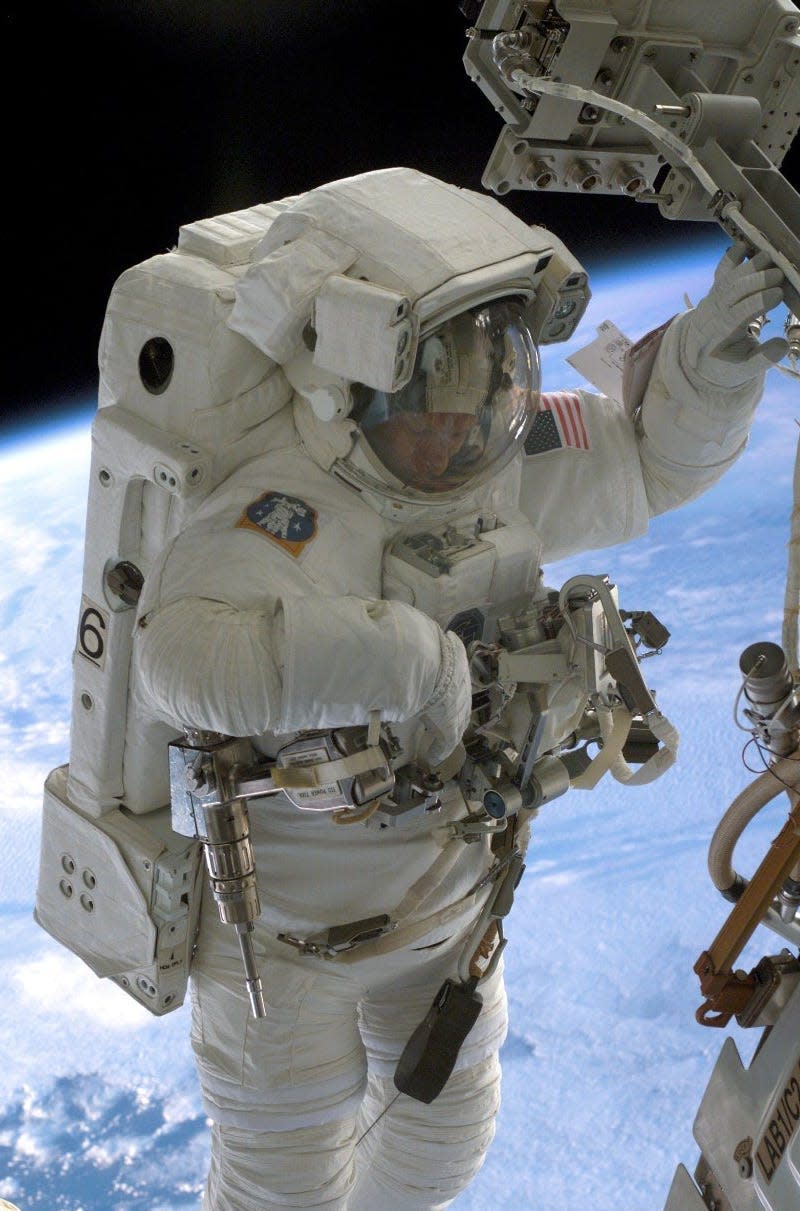
"You're in a little bit of a fish bowl, with people paying attention to your behaviors during those simulations to assess how you might do in real life," she said.
Since astronauts might be living in close quarters for six to 12 months at a time, there are certain characteristics that NASA looks for during these simulations. Those include teamwork, the ability to function in high-pressure situations, and self-regulation, Jordan said.
There are also medical and psychological assessments. "We probably collect hundreds of data points on an applicant before we move to final selection," Jordan said.
She also stressed that the selection board isn't looking for individual astronauts. They're putting together a team who will spend the next two years training together.
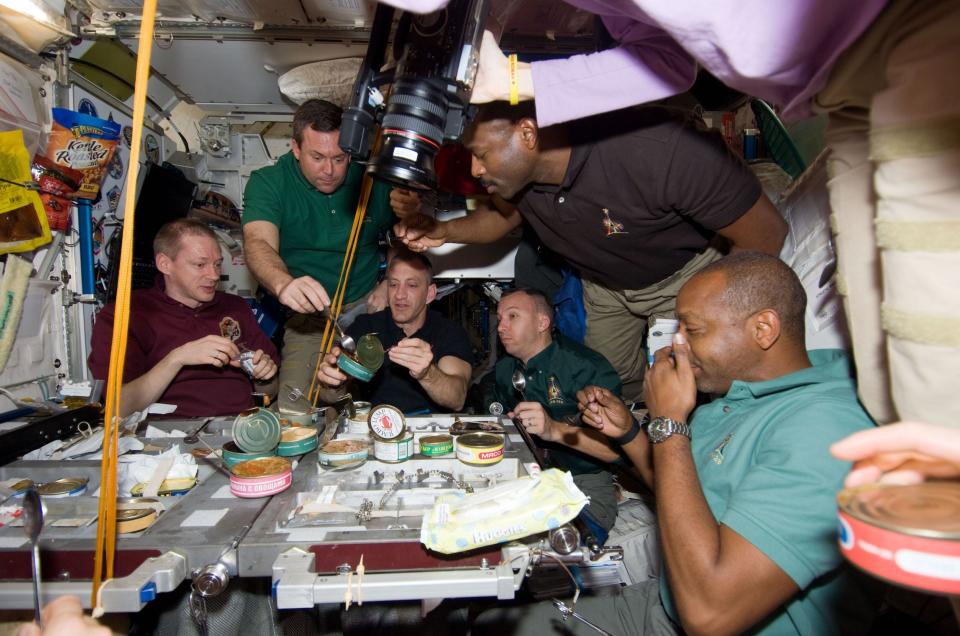
Creating a cohesive team often means selecting people with diverse backgrounds, Jordan said. "It's also looking at, how do your life experiences make you unique," she said. "The way that you leverage those top competencies may be a little bit different than someone else in the team."
It's why NASA looks at more than just a candidate's work experience and schooling.
There's no such thing as a typical astronaut
In many ways, astronauts are the face of NASA. It's part of the reason for the rigorous application process.
"It tends to require a different kind of résumé than you would typically submit for a job outside of the government," Jordan said.
That's why it's important for applicants to think about the skills and experiences they have outside of their jobs and education, she said.
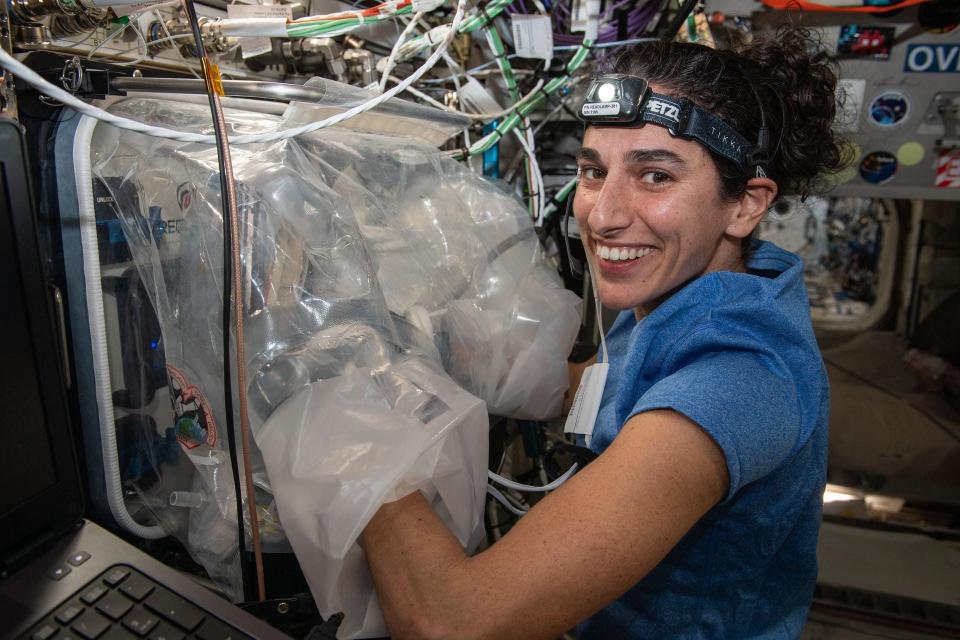
For example, rock climbers and hikers are used to carrying everything they need in a small backpack, she said. That might be useful since you don't get to bring a lot of luggage with you to space.
"Think out of the box a little bit when you are showing us who you are," she said.
Candidates going through the rounds will have to be patient. It can take between a year and 18 months for the entire process, Jordan said.
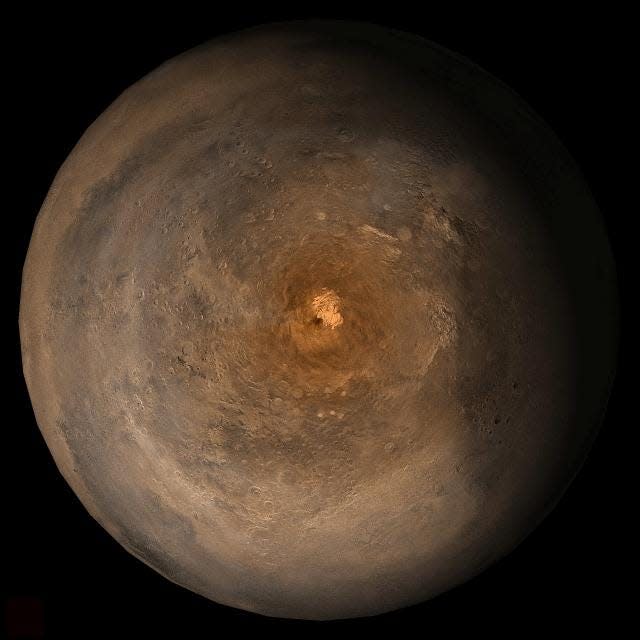
But she hopes anyone who meets the minimum qualifications will apply. Since the days when astronauts were all pilots, NASA has learned the value of having a diverse pool of candidates, she said.
"If you look at the class that we just graduated," she said, "there is no typical astronaut."
Read the original article on Business Insider

 Yahoo Finance
Yahoo Finance 